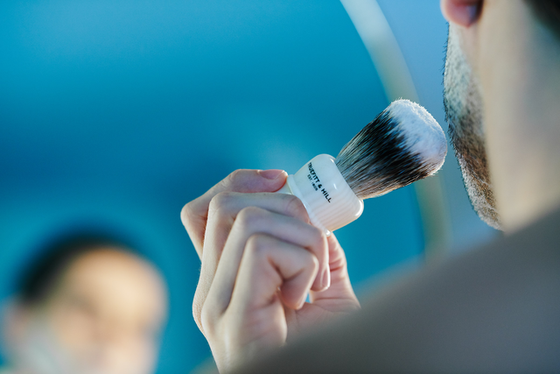Yes, you can mix colognes, but that isn’t all. Learn about layering fragrances from different sources to create your own signature scent for any season.
Clothes have moods. Fabrics have personalities. Prints suggest types. Colors should be loud or sympathetic. Unique scents, like history, have times and dates. As the seasons change, so should you; finding the perfect scent to match the new season, a new you, can be tricky.
Truefitt & Hill recognizes that men are complex individuals with a multitude of personalities to reflect our versatile lifestyles. Therefore, changing one’s signature scent to adapt to a change in season, mood, or wardrobe, should be as equally important as adjusting one’s wardrobe for spring, summer, autumn, or winter.
Although there are essentially no rules, Truefitt, with its pool of fragrances created over two centuries, is well placed when it comes to suggesting where best to start. Layering is key. Skin types, weather patterns, and confidence play a role in what’s right for you. There’s something exuberant about playing with perfume - scent combining allows one to create one’s own bespoke fragrance.
Playing with Different Notes
Notes, also called accords, are what master perfumers use to create their designer eau de parfums. Before we take a further look at layering, here’s a quick overview of the three types of scent notes.
Top Note
The top notes are the fruity or citrusy aromas that first reach your senses. They are comparatively evanescent and gradually evaporate, leaving only the faintest traces, which delicately linger. This note category often includes gourmand scents like bergamot, lemon, sage, and chocolate.
Middle Note
Middle notes, or heart notes, begin to assert themselves a little later and emerge to blend with the top notes. They are generally the herbal, floral, green, or spicy aromas that dominate the fragrance. This scent note category contains chamomile, black pepper, eucalyptus, pine, and rose.
Base Note
Base notes are long-lasting scents. They are also the last to develop, meaning they will not become apparent for at least half an hour after the first spraying. Instead, they mature to ground and support the fragrance with their earthy notes, such as cedarwood, musk, sandalwood, patchouli, vetiver, oud, and oakmoss.
Layering Using Different Perfume Sources
Scent combining shouldn’t be limited to colognes alone, and not every scent you’re using needs to come from a perfumery! You can use a variety of different fragrance sources. A spritz of hair mist, a swipe of deodorant, or the body lotion you use as part of your skincare regimen all add to your own perfume, in a sense. Layering scents is often more manageable if you work with single-note fragrances, which are more likely to be found in everyday toiletries than an expensive eau de toilette.
There are many classic scent combinations you can start with, like lavender with vanilla, bergamot with resins, rose with patchouli, or herb and citrus. First, however, you may want to discover your own perfect combinations.
Start layering with a foundation scent, building upon it with other fragrances in order of their intensity. For example, you can begin by using a shower gel with an amber or musk scent. You could next apply a shaving balm with vanilla or pine fragrance. Lastly, top it off with an aftershave with hints of citrus, creating a layered scent perfect for the summer months. Use these three steps to discover combinations for a new you!
Find Your Unique Scents
When you stop to think about how vital a scent can be, you gain a new respect for layering perfumes. A fragrance should be subtle, an indicator of who you are. It’s a personality and, dare I say, a hallmark of you as a man. It should allure, fascinate – even entice. It should subconsciously attract, not detract.
Shop our Colognes, Shower Gels, or Aftershave Balms, and start your scent-combining journey today. Be sure to check out our guide on How to Properly Apply Cologne.


 Bangladesh
Bangladesh
 1805
1805 GRAFTON
GRAFTON SANDALWOOD
SANDALWOOD NO.10
NO.10 TRAFALGAR
TRAFALGAR WEST INDIAN LIMES
WEST INDIAN LIMES ULTIMATE COMFORT
ULTIMATE COMFORT APSLEY
APSLEY MAYFAIR
MAYFAIR HIGHGROVE
HIGHGROVE Cream & Soap
Cream & Soap Shaving Brushes
Shaving Brushes Pre-shave
Pre-shave Aftershave Balm
Aftershave Balm Razors
Razors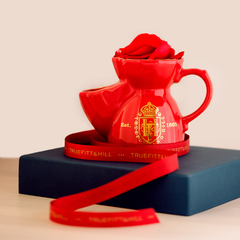 Stands & Mugs
Stands & Mugs Sets
Sets Bags
Bags Shampoo
Shampoo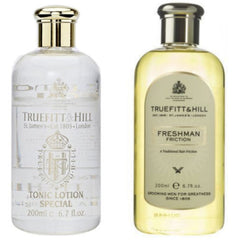 Tonic & Frictions
Tonic & Frictions Styling
Styling Combs & Brushes
Combs & Brushes Beard
Beard Moustache
Moustache Bath Soap
Bath Soap Shower Gel
Shower Gel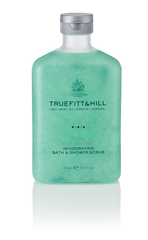 Scrub & Cleanser
Scrub & Cleanser Manicure Sets
Manicure Sets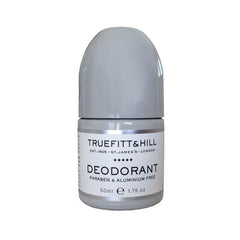 Deodorant
Deodorant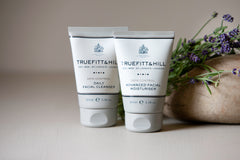 Skincare
Skincare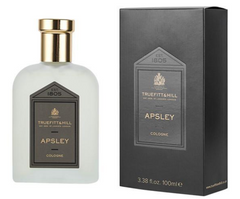 Cologne
Cologne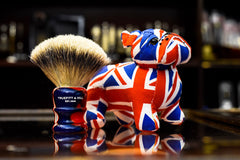 The Jubilee Collection
The Jubilee Collection E-Gift Cards
E-Gift Cards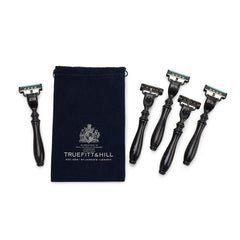 $75 and under
$75 and under $120 and under
$120 and under $120 and over
$120 and over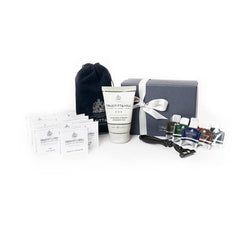 Gift Sets & Bundles
Gift Sets & Bundles Grooming Accessories
Grooming Accessories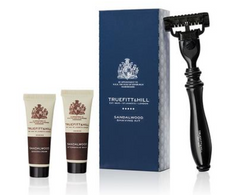 Travel
Travel


